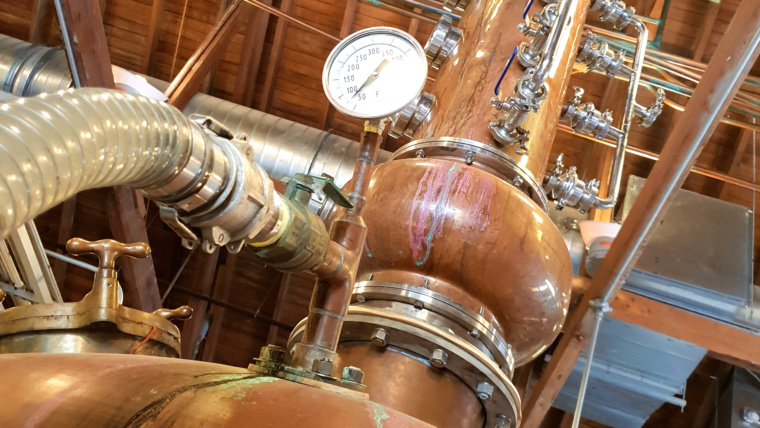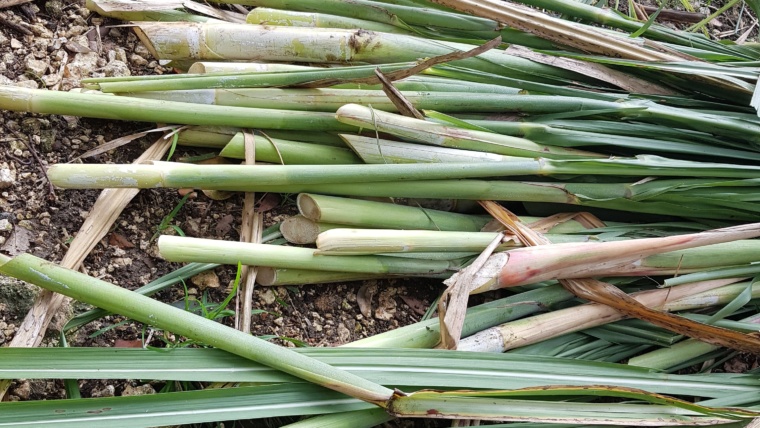The first three stages of production can be found here: part 1, part 2 and part 3.
 Now we have our rum, we move onto the aging process. This is done to help remove the harsh taste acquired from small amounts of hydrogen sulphide gas which is created during the fermentation process. Due to the high cost of barrels and the relative low cost of rum when it was first aged, rum has almost always and still till today, uses oak barrels which once were used to age whiskey or bourbon. These barrels not only add flavour to the rum but also colour. If the rum is aged in stainless steel tanks it will stay mostly clear. The minimum term rum will usually be aged for is one year.
Now we have our rum, we move onto the aging process. This is done to help remove the harsh taste acquired from small amounts of hydrogen sulphide gas which is created during the fermentation process. Due to the high cost of barrels and the relative low cost of rum when it was first aged, rum has almost always and still till today, uses oak barrels which once were used to age whiskey or bourbon. These barrels not only add flavour to the rum but also colour. If the rum is aged in stainless steel tanks it will stay mostly clear. The minimum term rum will usually be aged for is one year.
Rum can be aged for decades if desired but depending on the process we get a loss of rum known as the angel or ‘duppy’ share. The higher the share, the less rum remains after the aging process. The highest angel share I have come across was quite recently where it was over 75% of the rum in the Velier Uitvlugt ULR 1997 (Review here). The final part is next and is the blending and bottling of the rum.



